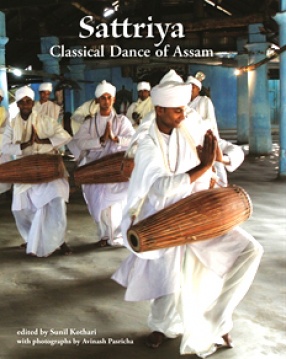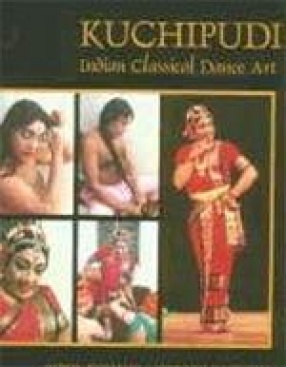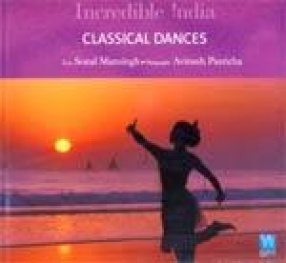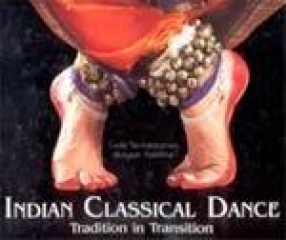
Showing all 4 books




In the year 2000, the Sattriya dances of Assam received recognition as the eighth classical dance form of India. This living tradition from the monasteries known as sattras has been practised for over 500 years by celibate monks. Created by the Vaishnava saint and social reformer Sankaradeva and his principal disciple Madhavadeva in the 16th century, it possesses all the elements of classical dance, following the principles of natyashastra. Today, it has moved to ...

One of the seven major classical dance forms of India, Kuchipudi in its solo avatara has acquired a status of a classical dance form of Andhra Pradesh. The story of Kuchipudi from its origin as a dance-drama and its emergence as a solo dance form is one of the most fascinating phenomena engaging attention of the gurus, the performing dancers and the research scholars. Essentially a preserve of the male dancers, who also excelled in the female roles, today ...

A sweeping look at the magnificence of Indian culture through its varied dance forms, Indian Classical Dance: Tradition in Transition is a tour de force through the forms, characteristics, challenges and changes occurring in traditional dance. At one level, it is a compendium of classical dance, an exploration of its moods and majesty, an ode to its sublime aesthetics. At another level, it is a stunning visual and scholarly portrayal of a pluralistic society ...

Dance in India has been deemed sacred because of its innate capacity to visualize and actualize the deepest philosophical concepts through gestures, movements and the art of suggestion. Immediate collective transcendence is possible only through dance when the dancer disappears and melts away in the dance and when the audience is transported to the realm of rasa srishti, the pure aesthetic delight. Any attempt to transcribe and describe dance through words is ...
